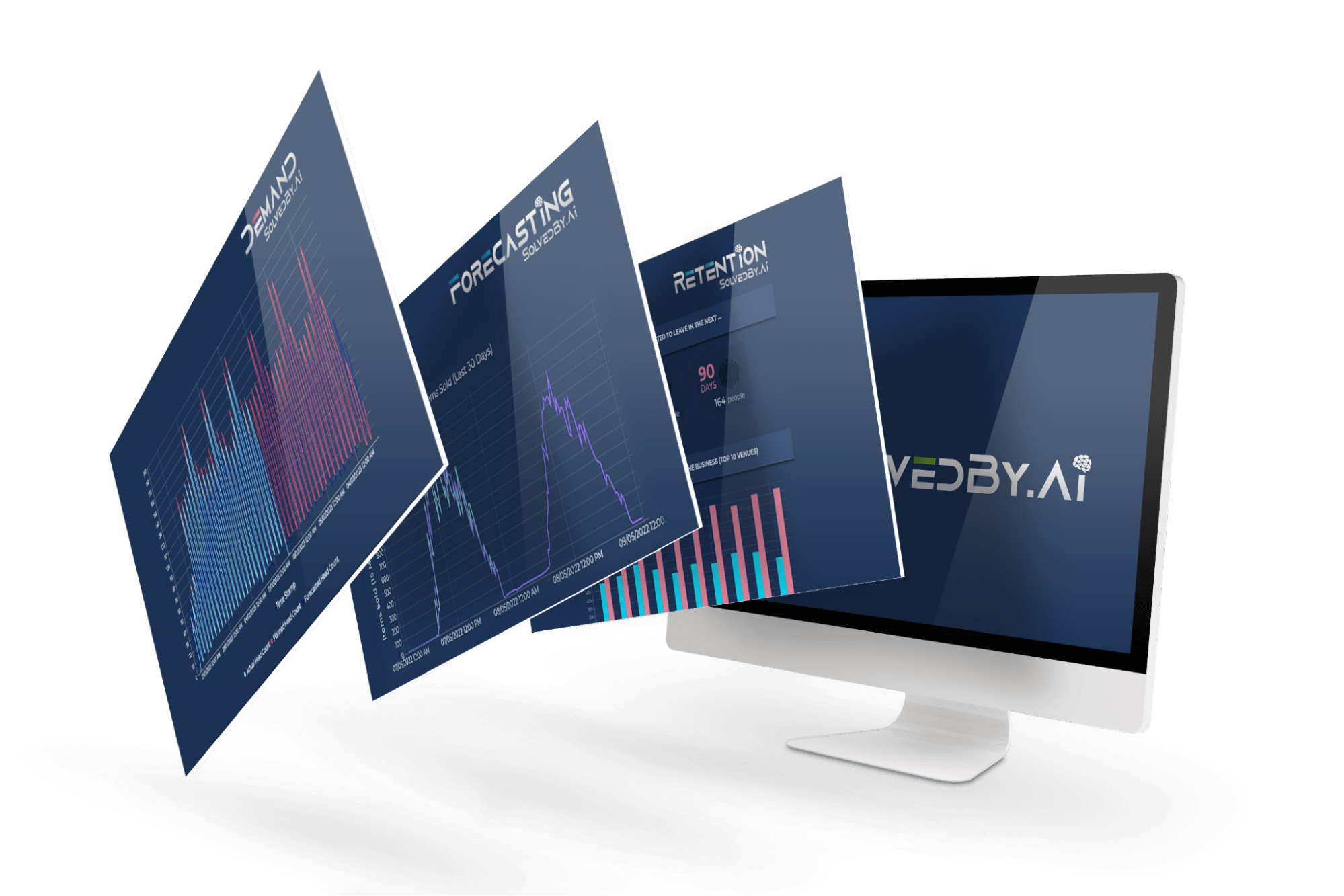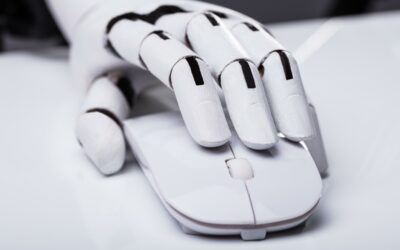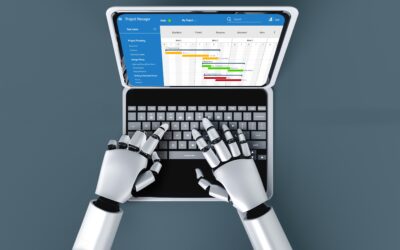In the realm of workforce management solutions, the rise of AI-powered staff scheduling has sparked an important debate: Does AI save managers time, or does it truly yield superior outcomes for businesses? We frequently encounter requests to prove that AI-generated rotas deliver better results compared to those created manually.
This blog article takes an in-depth look at the outcomes that define an effective rota and evaluates the capabilities of an experienced manager versus AI in achieving them. Drawing from our experience of comparing these two methods for our valued customers, we shed light on the subject.
What outcomes does a good rota need to achieve?
This changes with each business, but here are some of the key objectives we come across most often.
- Optimise available staff to meet customer demand
- Grow revenue by meeting customer demand.
- Build staff-friendly rotas to support a retention agenda.
- Reduce unproductive working hours and save costs.
What KPIs can we use to judge the quality of a rota?
If we want to compare the quality of two rotas, between a manager-built one and an AI-powered staff scheduling tool. We need some objective measurements to compare. These are the KPIs we often use to compare two rotas.
- Revenue per hour worked
- Fit to demand
- WTD compliance
- Number of manual changes made to a rota post-auto-scheduling
- Management time that is taken to build a rota
- The happiness of staff to perform the rota.
What data do we need to achieve these objectives?
To meet these objectives and KPIs, we will need to build a schedule based on an accurate forecast of sales and an accurate forecast of how many staff are required to service those customers.

However, in this blog article, we need to discuss the quality of the forecast or the conversion of that forecast into a required staffing demand forecast. For this discussion, we want to see whether a human manager can outperform an Ai using the same essential criteria; this is how we compare our AI-powered staff scheduling tools for customers – by building two rotas based on the same demand curve and seeing which scores best against the KPIs we have set.
What does a staff-friendly rota look like?
We cover staff-friendly rotas elsewhere, but the scheduling tool needs to build rotas so that staff are happy to work without having to make many manual adjustments after the auto-scheduling process has finished. This is often measured by a survey, and it is helpful to start surveying for weeks in advance of implementing an Ai auto-scheduling tool. To score high as a staff-friendly rota, the scheduling tool is probably going to have to deliver the following:
- 100% compliant with Working Time Directive
- Take into account staff availability and preferences
- Meet internal SLA with staff, such as ensuring staff have two days per week together
- Even shifts – minimize the variance between start times of shifts across the week
- Shift equality – ensure working patterns and unsociable shifts are fair to everyone
How can a good schedule increase revenue?
If you optimize your staffing levels to match customer demand, your revenue will increase. Think of a coffee shop; if there aren’t enough baristas working and a queue develops, people will go to the next nearest coffee shop. If they find a queue two or three times, they will change their habits and won’t even check your coffee shop. Imagine if we could predict how many coffees we can sell for every 15-minute slot in a day, work out how many baristas and other staff we need to keep the queues at an acceptable level that doesn’t drive customers away and then schedule the right staff to serve those customers.
If that whole process could be fully automated. Well, that is what AI-powered demand-led scheduling does, and that is why if it can do a better job of matching staffing to demand, it will increase your revenue.
How can an Ai outperform the manager?
A manager with years of experience building rotas will know who likes working when, local practices, who is on leave and which staff are better at specific tasks, so surely an AI can’t outperform all of that experience and knowledge?
The answer is that it can, especially for more complex rotas. The Ai has access to immense processing power in the cloud and can build multiple rotas at a time. Here is an excellent example of the complexity a rota can deal with:
Imagine you had 15 different rotas for 15 various departments in a single venue with 300 staff working at the venue. Some of the staff can work across multiple rotas because they are multi-skilled.
An Ai can build all 15 rotas simultaneously and allocates an individual to multiple different rotas in a day to suit the individual demand curves of each rota. The AI can take into account skills, preferences and dozens of other factors. Human managers tend to start lots of people at the same time, say 0900, and then often leave them in one rota; an Ai may start someone at 0920 because it gives the best fit to the demand curve across four rotas and move that person around different departments during a 1-hour shift.
The example below shows a single rota built twice, the top row by a manager and the bottom by an AI. You don’t have to be an expert in how demand curves are displayed on modern WFM systems to understand that the AI got a better fit. It also complied with all of the other factors it needed to follow. It also did it for 14 different rotas in parallel, all to the same standard.

A manager would have taken a whole day to do these 15 rotas; the AI did it in 15 minutes. Moreover, managers often hate this task and allow unconscious biases to creep into their decision-making. All the more reason why an Ai can outperform a manager.
You don’t need 15 departments to see the benefits AIs can share staff between stores, and even in smaller venues with 5 or 6 staff on a rota, we see similar benefits.
How does an AI compare with a manager?
So in real trials, how much better is an Ai than a manager? Whenever we implement AI-powered employee scheduling, we are often required to run the Ai in parallel to the manager-built rota to give the business, the manager and the employees confidence in the AI-powered staff scheduling system. This gives us lots of data to compare how good, on average, an AI scheduled rota is than the manager. On average, we find that:
- The average increase in sales of 3% per venue
- Increase in revenue per employee per hour
- 100% WTD compliance
- 98% contracted hours worked
- 100% compliance with staff availability
- 85% of staff preferences worked
- Even the distribution of unsociable shifts over time
- Even distribution of overtime and additional hours over time
- 8% increase in “happiness with rota”
Conclusion
AI-powered staff scheduling tools are revolutionizing the way staff are scheduled. The benefits are enormous for businesses, including increased sales and increased retention.
Related articles:










